Last Chance to Catch NYC's Holiday Notalgia Train
We met the voices of the NYC subway on our nostalgia ride this weekend!


New York City has often been on the forefront of architectural ingenuity. Concurrently, many of the City’s notable buildings were inspired by Old World architecture. Presented below, the second part of our series provides a survey of New York City buildings and their Italian inspirations. The authorities differ on the authenticity of some of these claims, after comparing them let us know what you think.
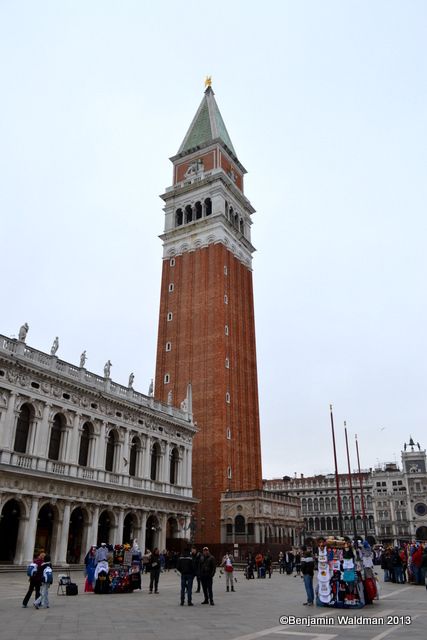
Saint Mark’s Campanile is the bell tower of St Mark’s Basilica in Venice. The present campanile was constructed in 1912 and is a recreation of a 1514 one that collapsed in 1902.
It served as the inspiration for the Metropolitan Life Insurance Building (1 Madison Avenue), the Bankers Trust Building (14 Wall Street), and the Thurgood Marshall United States Courthouse. The former Metropolitan Life Insurance headquarters was once the tallest building in the world.
The former Metropolitan Life Insurance headquarters was once the tallest building in the world.

Cass Gilbert died while the Thurgood Marshall United States Courthouse was still under construction. His son, Cass Gilbert Jr., oversaw the courthouse’s completion
The Pantheon, in Rome, was built in the year 126 by Emperor Hadrian, replacing an earlier version built by Marcus Agrippa that had burned down. It was built as a temple to the pantheon of all of the gods. In the year 609, it was converted into a Catholic church, which ensured its preservation.
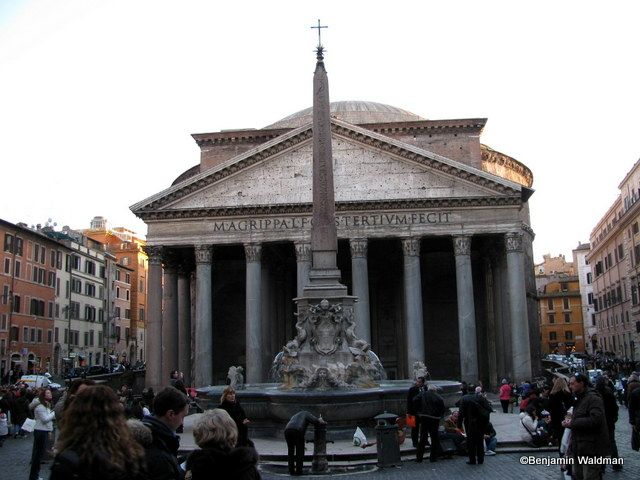
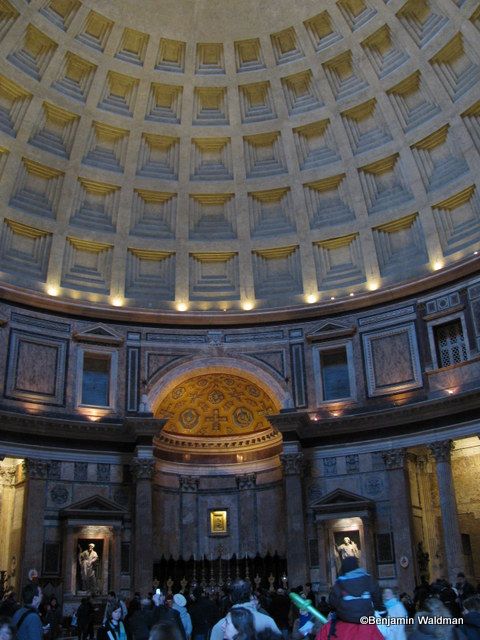
The exterior of the Pantheon served as the inspiration for the New York State Supreme Courthouse, (New York County Court) 60 Centre Street, Low Library at Columbia University, and Gould Library at NYU’s former Bronx campus, and the interior of the Pantheon served as the inspiration for the current Federal Hall at 26 Wall Street.

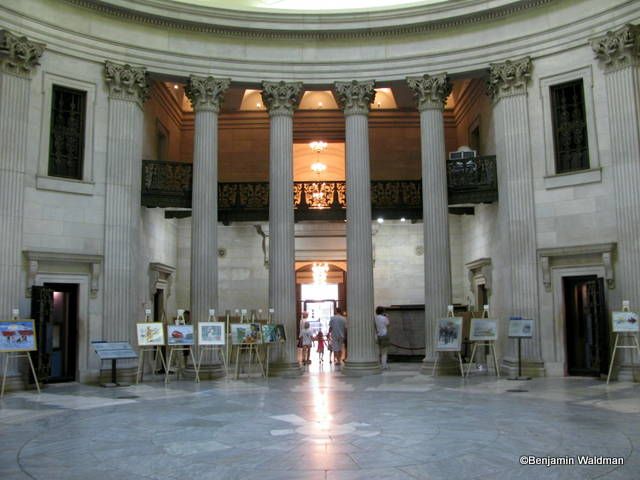
Federal Hall was the site of George Washington’s inauguration.
 The Library was honored with a stamp in 1981. Designed by Stanford White at the centerpiece of his Bronx NYU campus, the former library is now part of Bronx Community College’s Campus.
The Library was honored with a stamp in 1981. Designed by Stanford White at the centerpiece of his Bronx NYU campus, the former library is now part of Bronx Community College’s Campus.
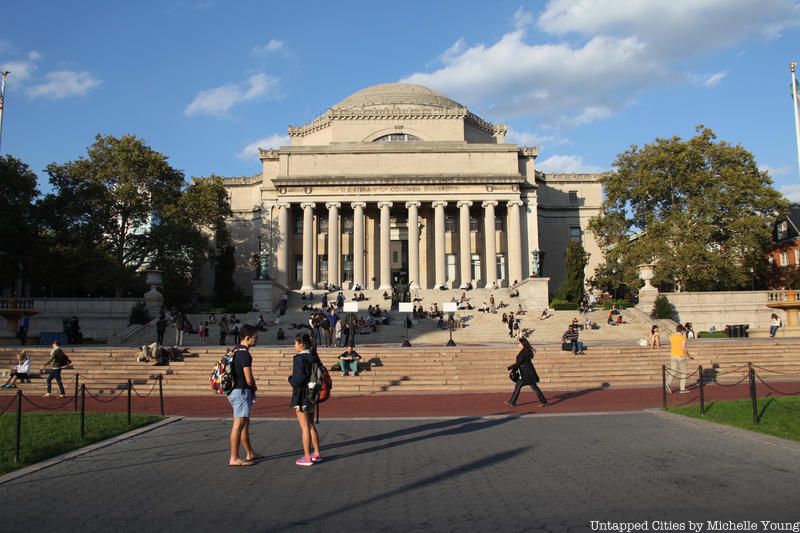 In addition to the Pantheon, McKim was inspired by White’s Gould Memorial Library
In addition to the Pantheon, McKim was inspired by White’s Gould Memorial Library

Villard Houses
The 1513 Palazzo della Cancelleria was the first Renaissance palace to be constructed in Rome, and currently houses the Papal Chancellery. The Palazzo della Cancelleria served as the inspiration for McKim, Mead and White’s 1882 Villard Houses (now the Palace Hotel) and the J. Armstrong Stenhouse and C.P.H. Gilbert designed Otto Kahn House. The Villard Houses were commissioned by Henry Villard who was president of the Northern Pacific Railway. This is now The Palace Hotel, a familiar film location from the show Gossip Girl.
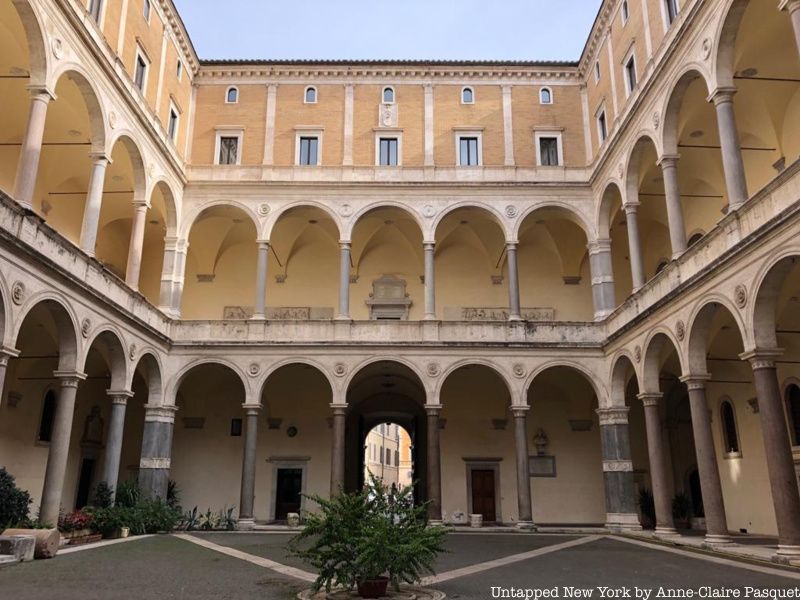
The Palazzo della Cancelleria

The Arch of Constantine, located in Rome, was erected in the year 312 to commemorate Constantine’s victory over Maxentius.

The Beaux-Arts John Russell Pope Central Park West entrance to the American Museum of Natural History and the McKim, Mead, and White designed Municipal Building were modeled after the Arch of Constantine.

The building’s terra-cotta vault was inspired by the Palazzo Farnes and its columned entrance was possibly modeled on Bernini’s Colonnade, at St. Peter’s

The Arch of Titus, located in Rome, was erected in the year 82 to commemorate Titus’ victories. Its interior bas-reliefs depict the the spoils from the siege of Jerusalem. The Stanford White designed, Beaux-Arts, Soldiers’ and Sailors’ Arch is located in Grand Army Plaza in Brooklyn, and was modeled after the Arch of Titus.
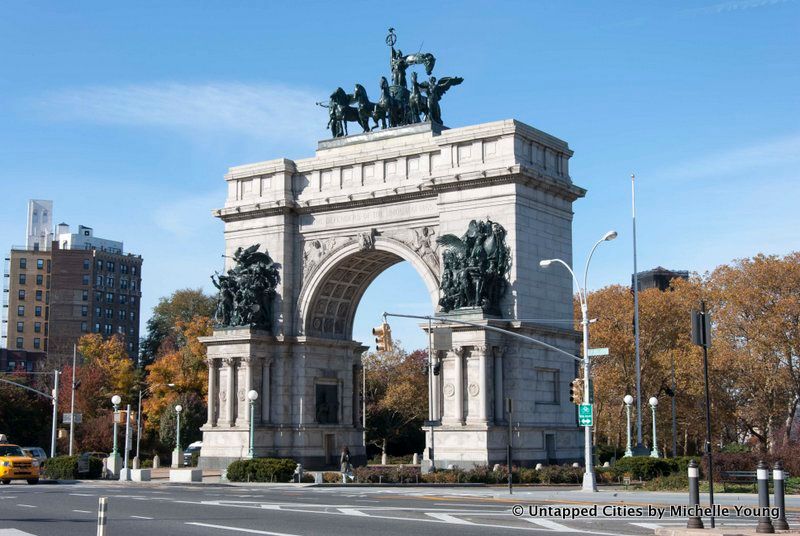 The Soldiers’ and Sailors’ Arch contains one of the only depictions of Abraham Lincoln on horseback
The Soldiers’ and Sailors’ Arch contains one of the only depictions of Abraham Lincoln on horseback
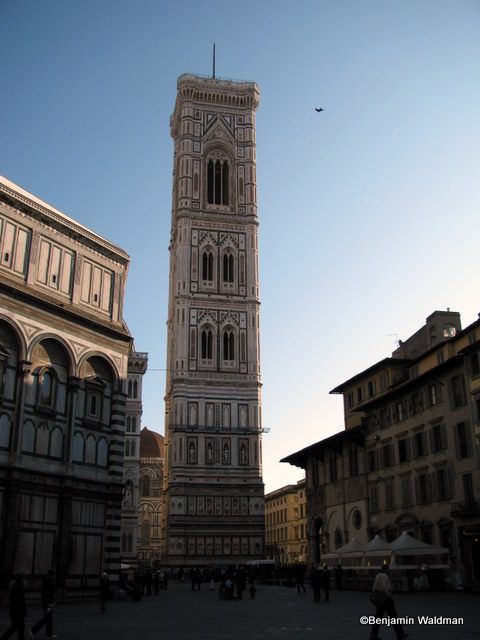
Giotto’s Campanile, in Florence, was designed in the Florentine Gothic style and complements the Duomo (Cathedral) and Baptistry of St. John. The previous New York Times Building at One Times Square was modeled after the Florentine Campanile.
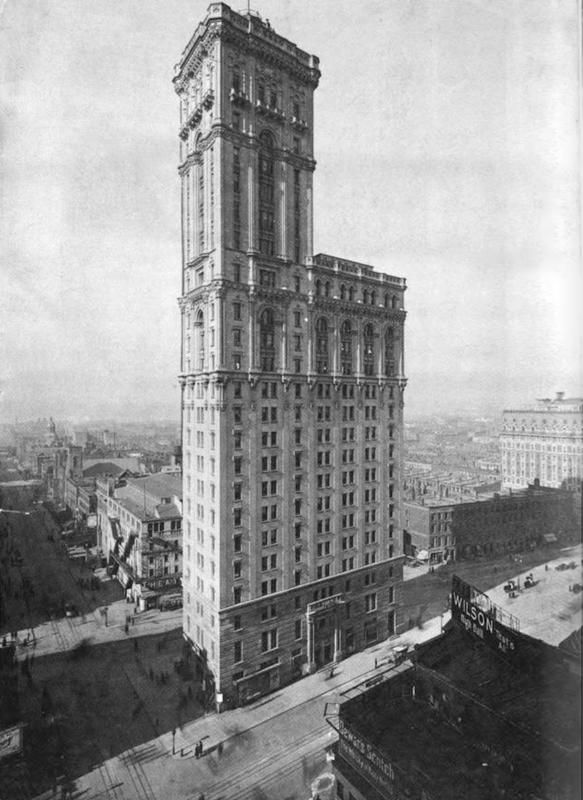 This inspirational architecture is no longer visible due to the numerous billboards that cover the building. Image via WikiCommons
This inspirational architecture is no longer visible due to the numerous billboards that cover the building. Image via WikiCommons

The Renaissance style Palazzo Strozzi was built for the Strozzi family who remained in the building, with minor interuptions, through 1937.
The fifteenth-century Palazzo Medici was designed by Michelozzo di Bartolomeo Michelozzi for the Medici family.
The York and Sawyer designed Federal Reserve Bank of New York and Central Savings Bank were modeled after the Palazzo Strozzi and Medici.


The fifteenth-century Palazzo Pitti in Florence was used by the Medicis and Napoleon and was opened to the public in 1919.
The Clinton & Russell designed Apthorp, was modeled after the Florentine Palazzo Pitti.


The Verona Scaligeri Tombs are a a group of five Gothic funerary monuments in honor of the Scaligeri family, who ruled in Verona in the 13th and 14th centuries.
The fence surrounding the Hale and Rogers designed Edward Harkness House, was modeled after the fence surrounding the Scaliger Tombs in Verona.
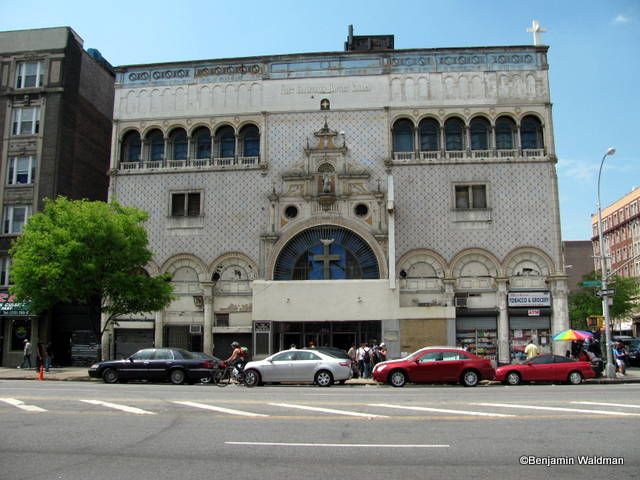 The theater currently houses the First Corinthian Baptist Church
The theater currently houses the First Corinthian Baptist Church
The Doge’s Palace, located in Venice, was the residence of the Doge, the chief magistrate and leader of the Most Serene Republic of Venice. The facade of the Thomas Lamb designed Regent Theater was loosely inspired by the Venitian Doge’s Palace.
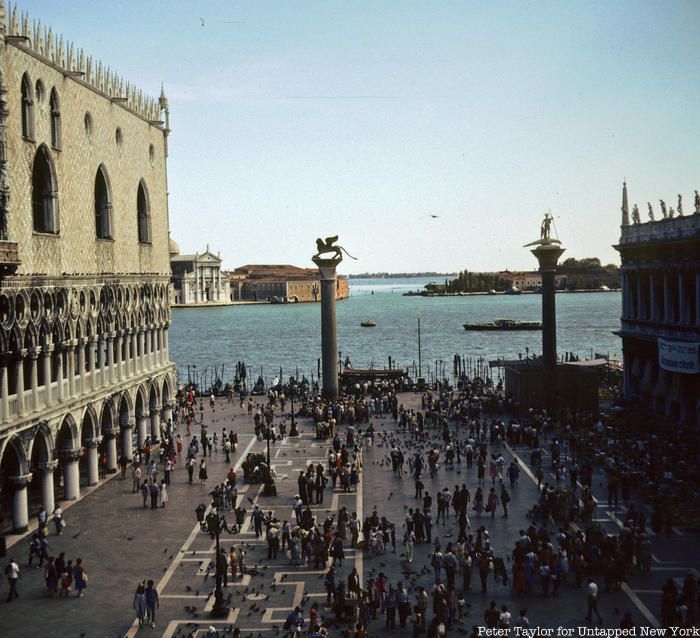
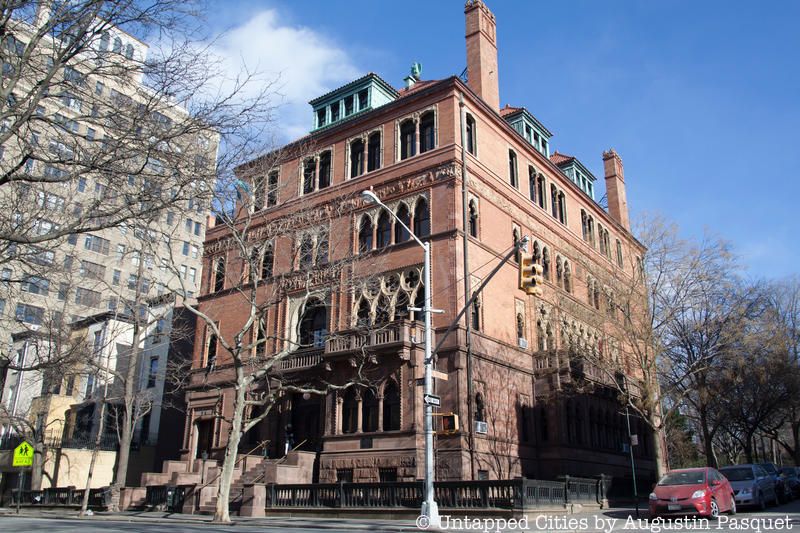 The Montauk Club Building is located in Park Slope
The Montauk Club Building is located in Park Slope
The Ca’ d’Oro is a 15th Century mansion built for the Contarini family. The 1891, Montauk Club in Park Slope, Brooklyn, designed by Francis Kimball, was modeled after the Ca’ d’Oro.

Photo by Emilie Feuillade, courtesy of Augustin Pasquet from his family collection
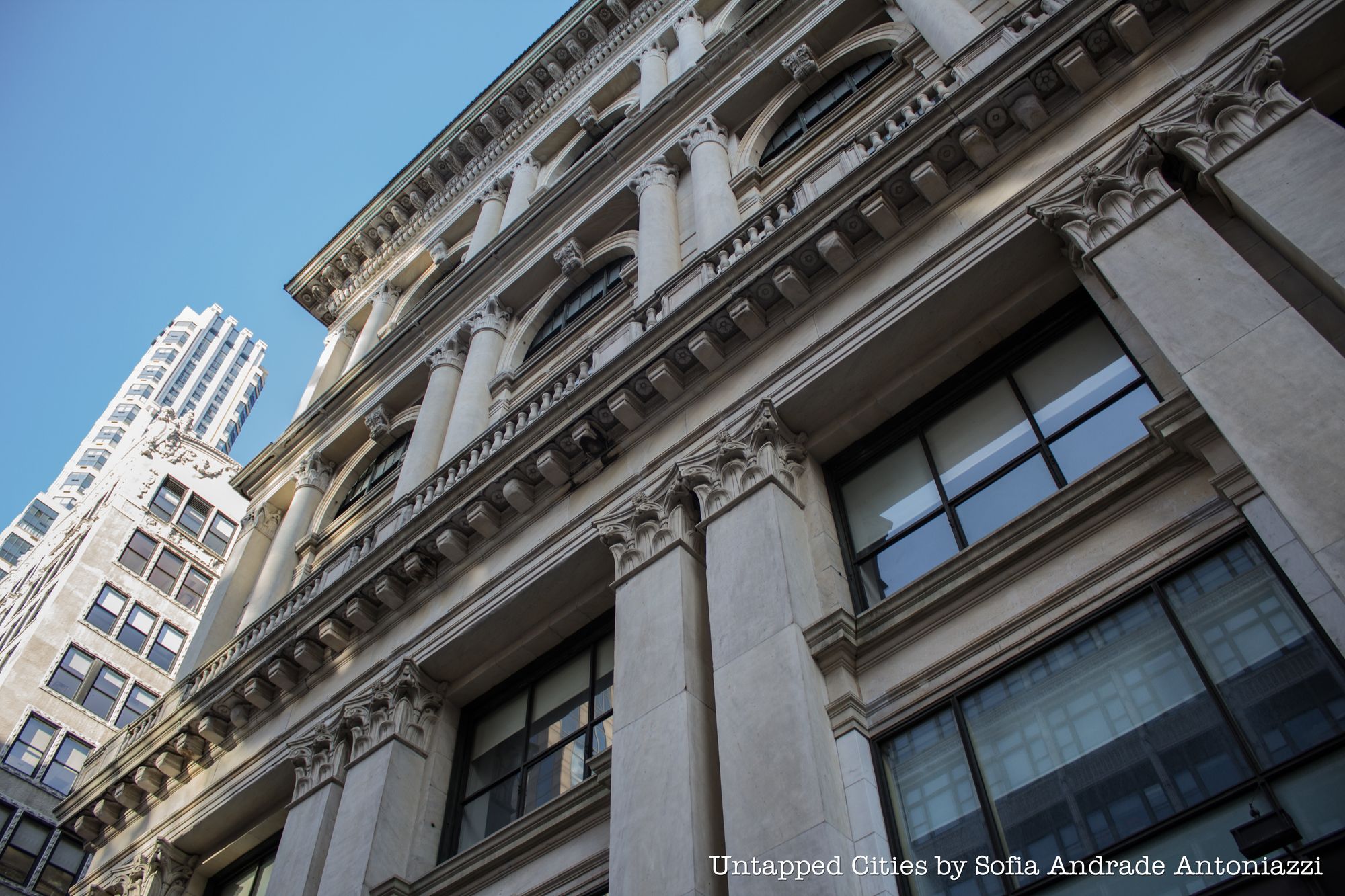
The Palazzo Grimani di San Luca is a sixteenth century Venetian palace and currently serves as the seat of the Venetian Court of Appeals.
Stanford White’s 1905 Tiffany & Co. Building at 401 Fifth Avenue was modeled after the Palazzo Grimani. The building served as Tiffany’s home until 1940.
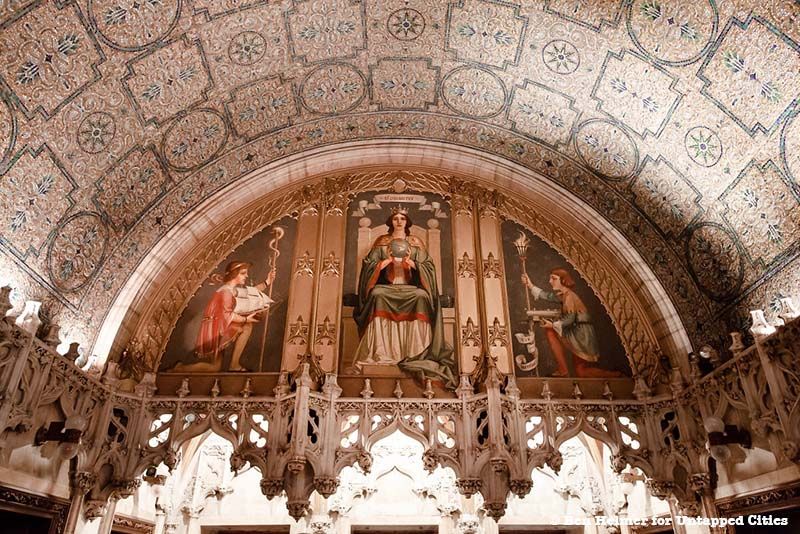
Ravenna is home to one of the world’s best collections of in-situ Byzantine mosaics. The sixth-century Basilica of San Vitale has some of the city’s best. Heineicke and Bowen modeled the lobby of the Woolworth Building on Ravenna’s mosaics, like the Basilica di San Vitale:

Check out NYC’s architecture inspired by France and Greece.
Subscribe to our newsletter